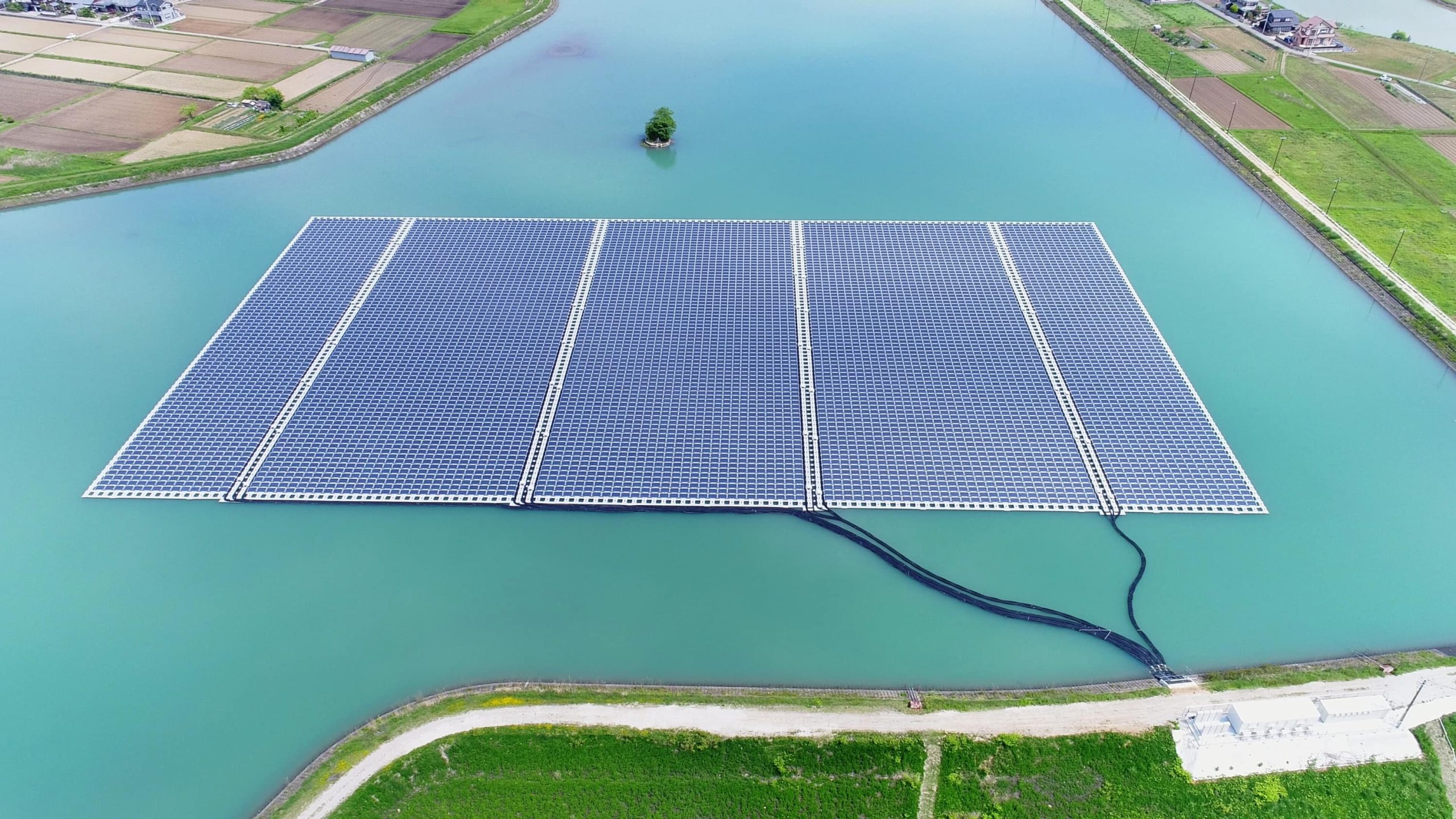Hybrid power plants can help unlock Türkiye’s solar potential
Hybrid power plants generate electricity from a primary and secondary source connected to the grid at the same location. The implementation of hybrid power plants and the conversion of existing plants to hybrids became possible in Türkiye through a regulatory amendment in 2020. As of the end of 2023, solar was the secondary source for all 240 operational and planned hybrid power plants in Türkiye.
As part of a hybrid plant, solar provides extra power generation and reduces infrastructure costs, as it connects to the grid from the same point as the primary source. Hybrid solar power plants can help Türkiye achieve its clean energy targets by allowing solar potential to be utilised together with other renewable generation.
Solar capacity surpasses wind with hybrid power plants
According to official installed capacity statistics, Türkiye’s solar capacity reached 11.7 GW and wind 11.8 GW by the end of 2023. However, these data do not include secondary solar capacity installed in hybrid power plants. According to the Energy Market Regulatory Authority’s (EMRA) electricity generation licence database, Türkiye has installed 510 MW of secondary solar capacity as of 2024. Therefore, at 12.2 GW, total solar capacity has surpassed wind.
The fact that hybrid capacity is not included in official statistics undermines the accuracy of analysis and planning based on this data. Constituting 4.2% of the total installed solar capacity, hybrid solar capacity should be included in the official statistics, as its significant presence impacts the capacity ranking based on resources.
Hybrid solar capacity is concentrated in wind power plants
Regarding the primary resource type in hybrid plants, wind power installations dominate. 63% of the secondary solar capacity is installed in 14 plants that have wind as their primary source.
Solar and wind are complementary resources due to the inverse relationship between their hourly generation patterns. In Türkiye between 2021 and 2023, wind and solar generation’s hourly correlation ranged from -0.08 to -0.14. Therefore, a more stable generation profile can be maintained in wind-solar hybrid power plants since generation from one source is relatively higher when the other is underperforming.
Though hydro comes second after wind with 80 MW of secondary installed solar capacity. All of this capacity is located at the Aşağı Kaleköy Hydroelectric Power Plant (HEPP), the only hydro-solar hybrid plant in the country. The remaining 110 MW hybrid solar capacity is located in power plants with other primary sources.
While hybrid power plants are present in 28 provinces, most of the capacity is concentrated in specific ones. Uşak (82 MW), Bingöl (80 MW) and Sivas (50 MW) have the highest hybrid solar capacity, each hosting one hybrid power plant. Together, these three provinces account for 42% of the total hybrid solar installed capacity. Additionally, Konya (36 MW) and Karaman (40 MW), which have both wind generation and high solar potential, contribute another 15% of the capacity.
Hybrid solar generation close to 800 GWh
Taking into account the installed capacity data of hybrid power plants and the solar potential of the provinces where they are situated, the estimated annual generation is calculated to be 798 GWh. This amount corresponds to 4.2% of Türkiye’s total solar energy production in 2023.
According to the new regulation introduced in October, electricity generation from secondary sources must be reported annually by 10th January. On November 1, hourly electricity generation data for the secondary source in hybrid power plants started to be published. However, hybrid solar generation is still included as part of the generation from the primary source in official data before November 2023.
As hybrid solar generation nears the threshold of TWh output, amalgamating its data with that of other sources compromises the precision of past generation data, a concern exacerbated by the increasing hybrid capacity.
Hybrid capacity in the pipeline at 16% of total solar capacity
Permitting processes have been completed for a capacity equal to approximately four times the current installed capacity of hybrid solar power plants. As of the end of 2023, there was 1.9 GW of approved hybrid solar capacity yet to be installed. In other words, there is a project stock equivalent to 16% of all installed solar capacity in Türkiye. Of this capacity, 62% was allocated to wind power plants and 13% to hydroelectric power plants.
60% of the hybrid solar capacity in the pipeline is concentrated in ten provinces that stand out in terms of their wind generation and solar potential. Among the top five provinces, Çanakkale (178 MW), Manisa (138 MW) and Balıkesir (122 MW) lead both in terms of project stock and in wind power generation. Konya, which has the largest project stock at 212 MW, and Kahramanmaraş, which ranked eighth with 82 MW, are among the cities with high solar potential.
To read the full article: https://ember-climate.org/insights/in-brief/hybrid-plants-push-solar-capacity-past-wind-in-turkiye/
